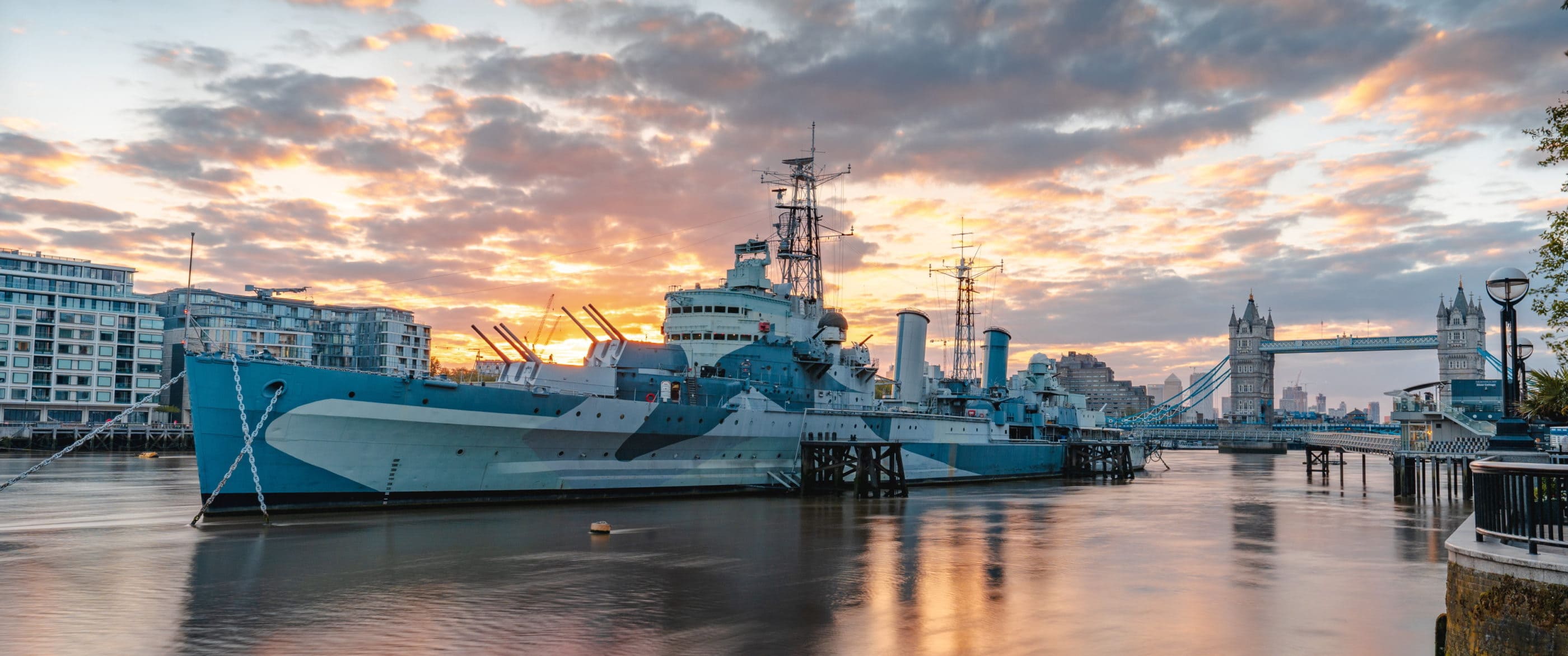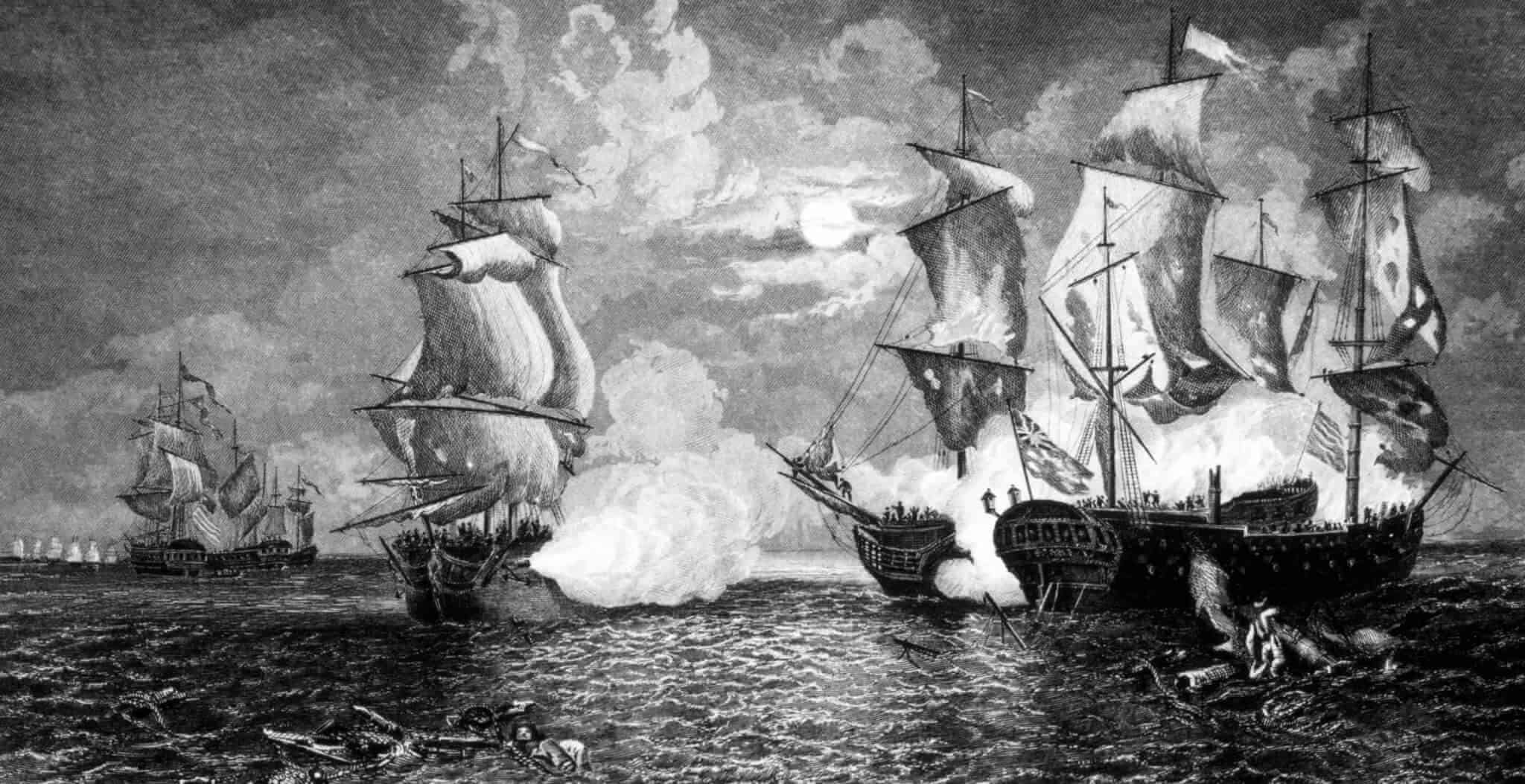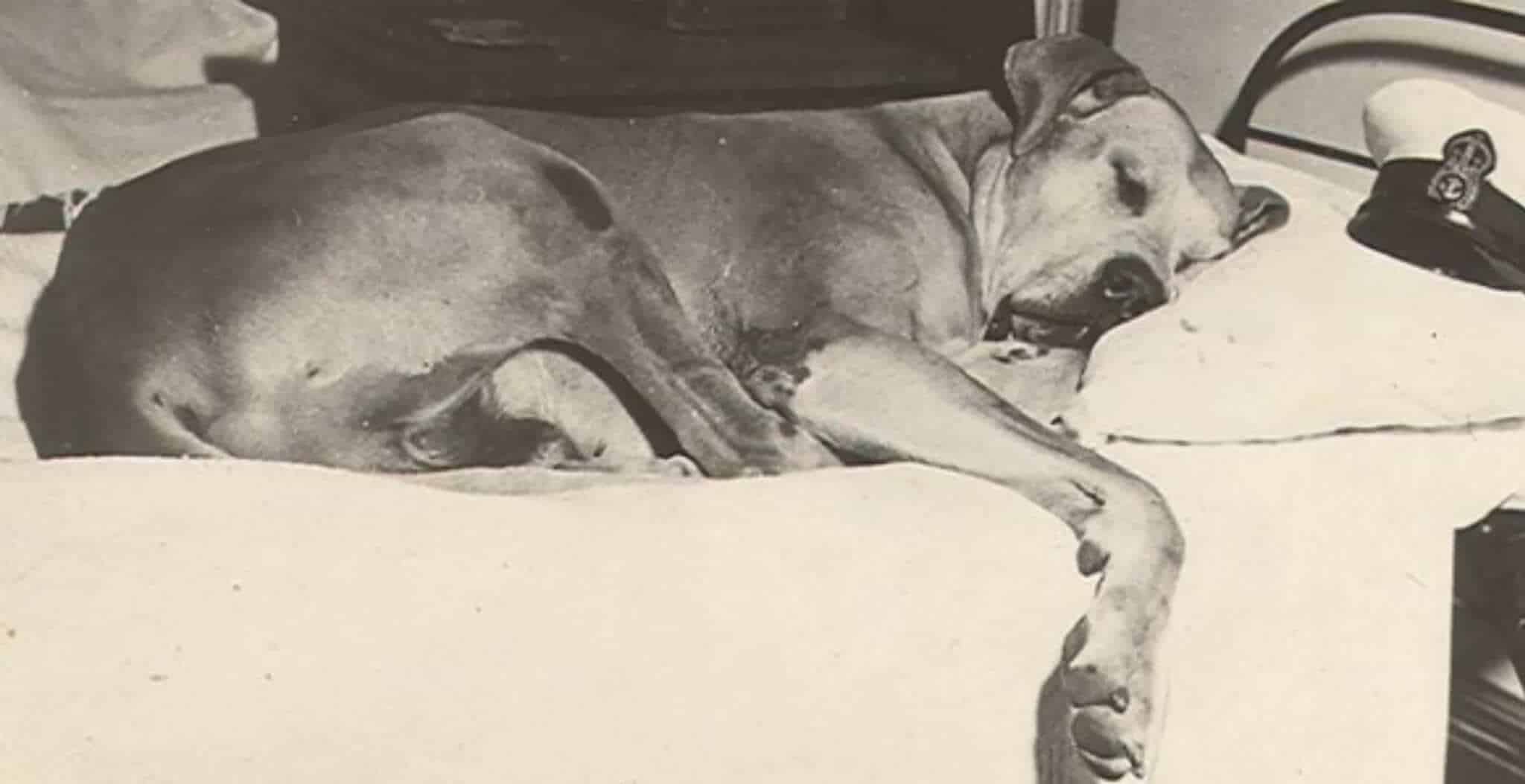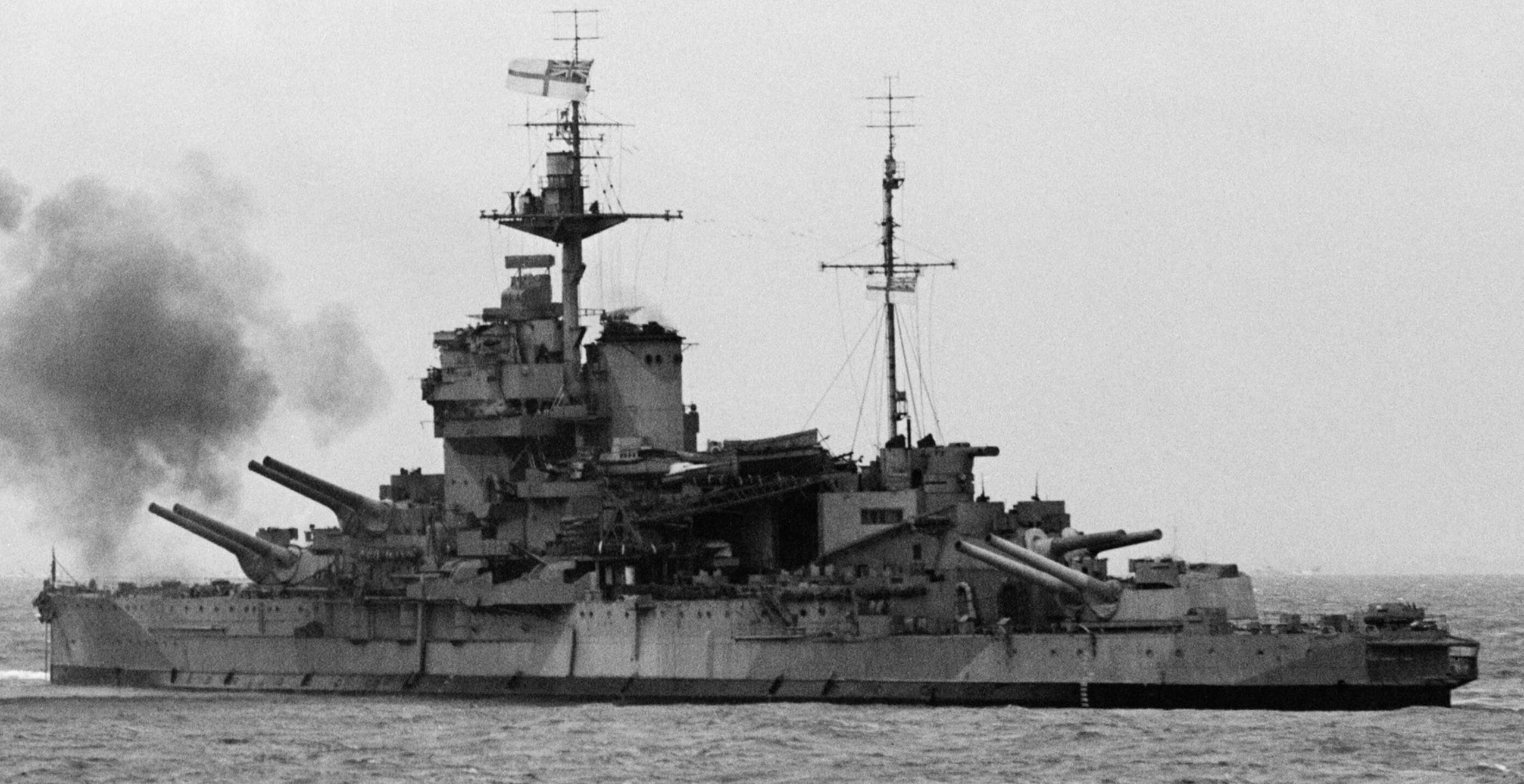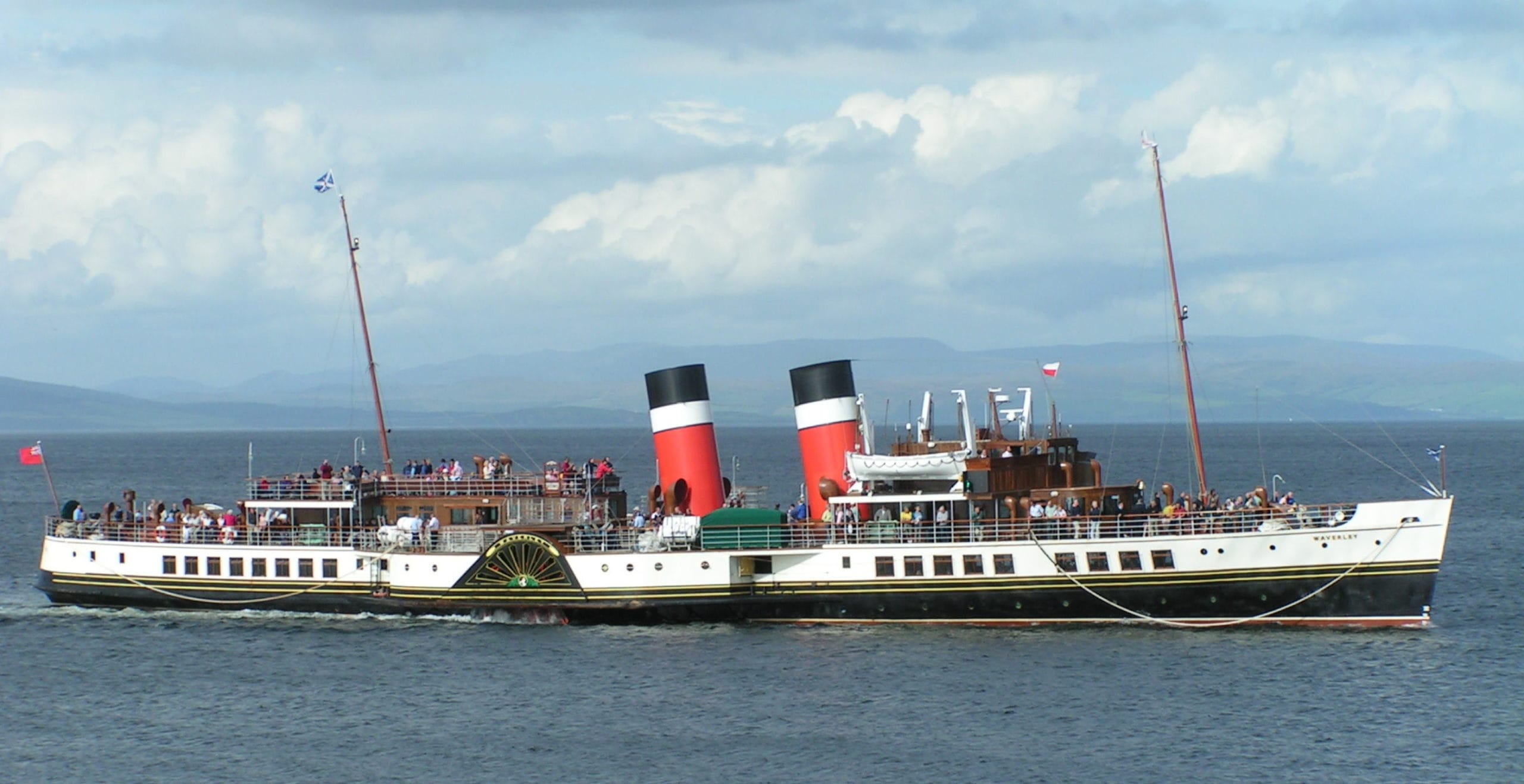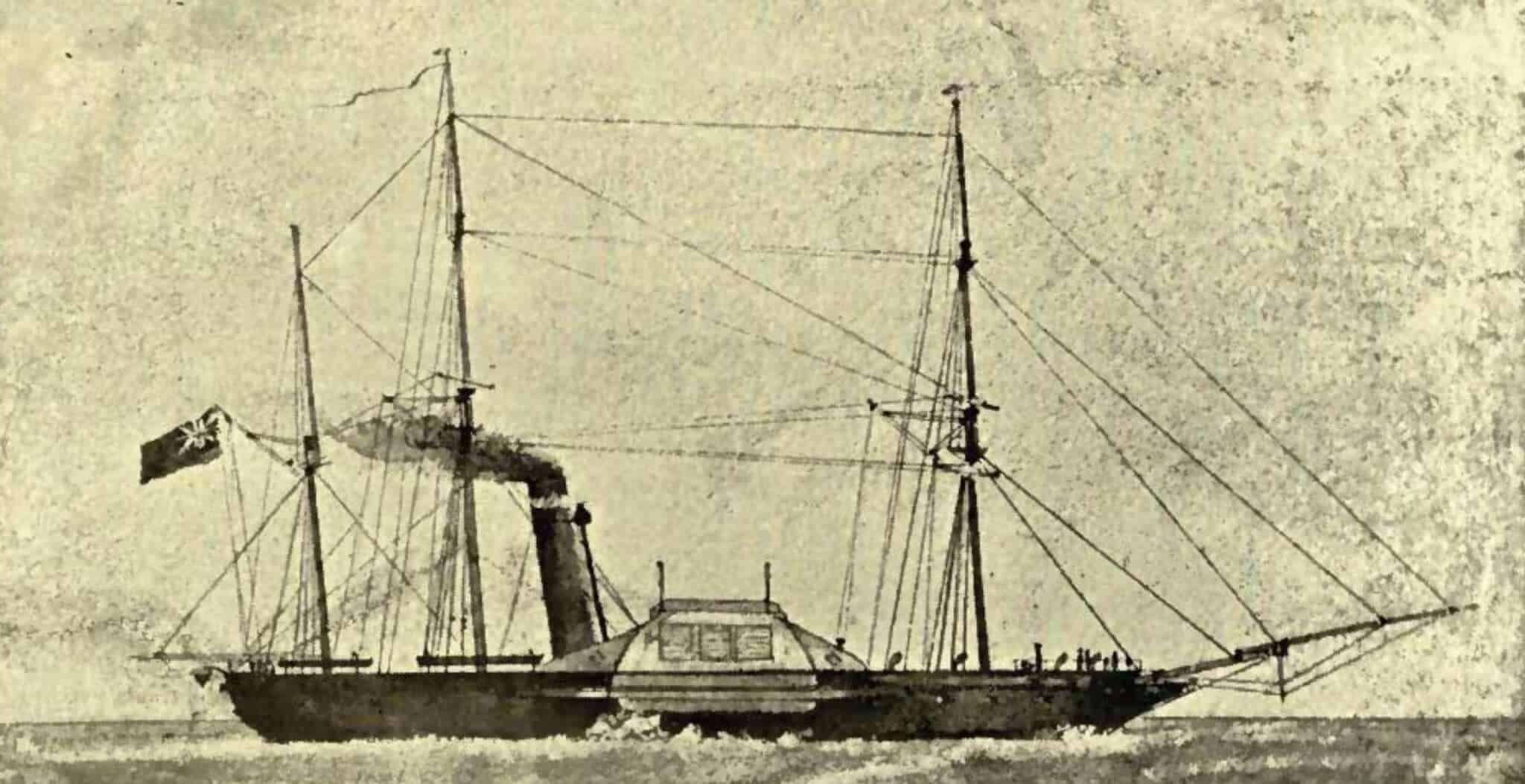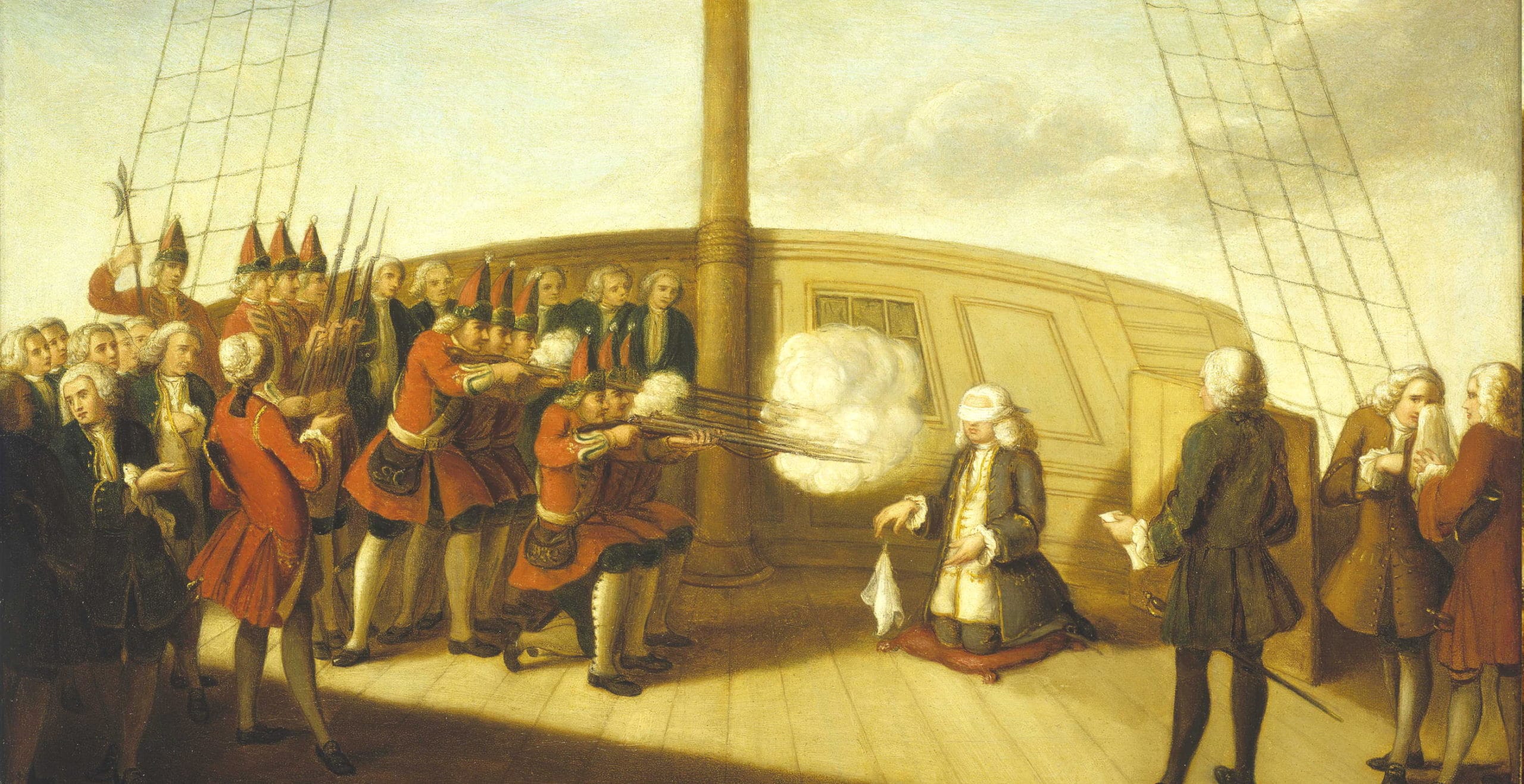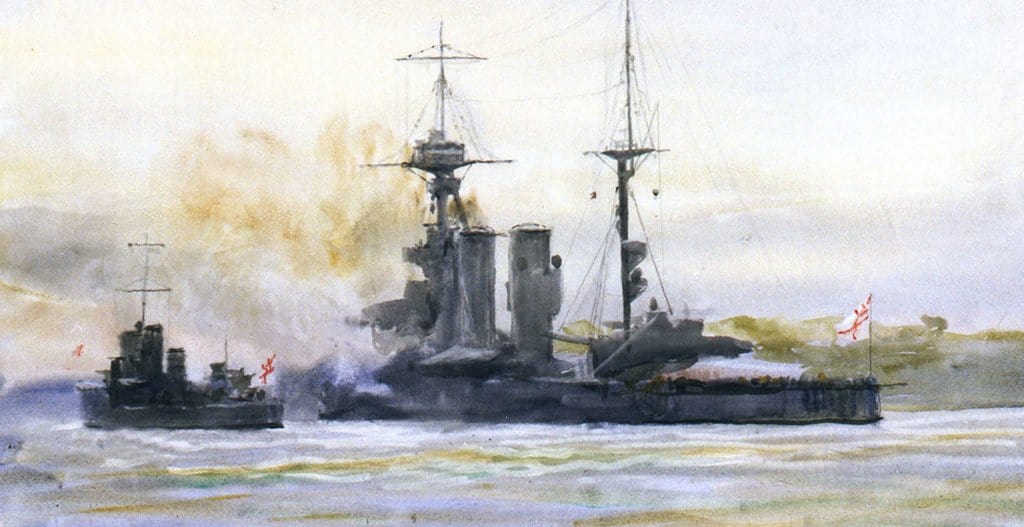In the early 1930s, a concerned British Admiralty discovered that the Imperial Japanese Navy had started construction of the new Mogami-class light cruisers, which were superior in specifications to their Royal Navy counterparts. In order to present a worthy adversary for the Mogamis, it became necessary to operate uncomfortably near the limits of the restrictions imposed by the existing international naval treaties.
Thus, in 1934, construction of what would become the Town-class light cruisers began at British shipyards. Further development of this project down the line led to the creation of the two most advanced ships of the class—Belfast and Edinburgh. They surpassed earlier ‘Towns’ in terms of their superior weaponry and improved armour layout. However, Belfast still wasn’t able to match the number of Mogami’s main battery guns.
The Admiralty tried to make up for this by developing new artillery systems for her main battery. As a result, a choice was made to equip her with triple turrets, keeping one original feature of the original system. The middle barrel was set slightly further back in the turret to prevent the powder gases from disrupting the trajectory of the shells when firing a simultaneous salvo from all guns. The cruiser was very well armed, and her extensive artillery constituted a solid percentage of her total displacement.
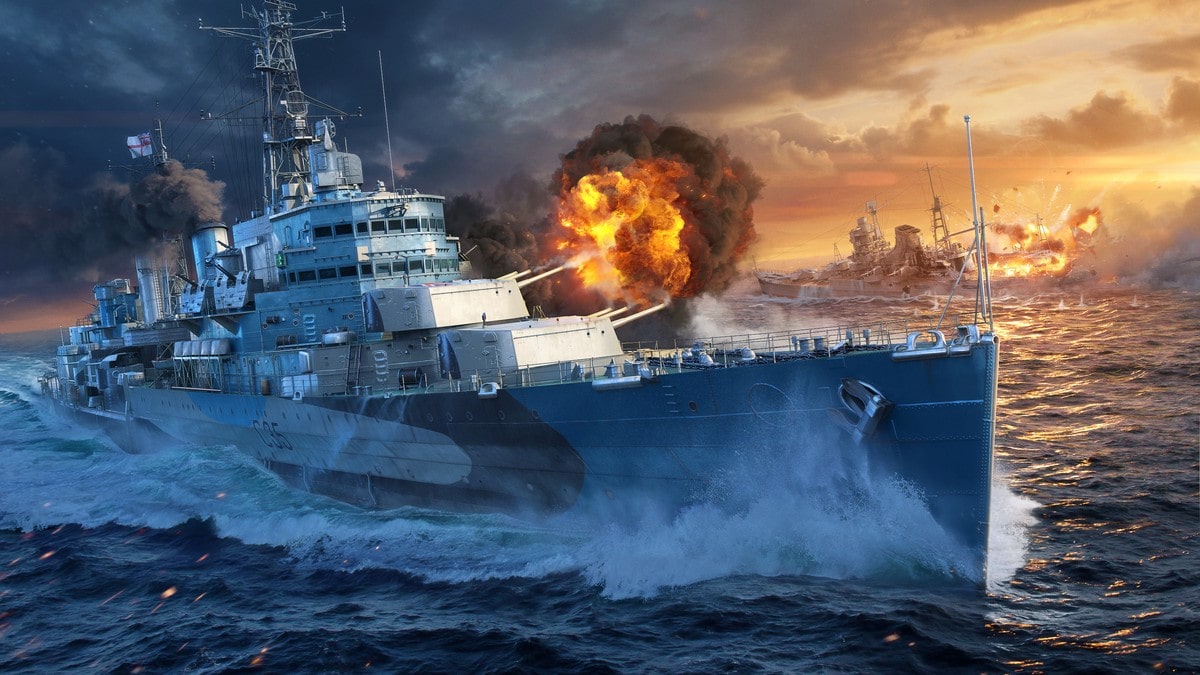
Belfast entered service just prior to the outbreak of World War Two, on August 3, 1939. On the morning of November 21, 1939, His Majesty’s newest cruiser, having served less than four months, was hit by a German magnetic mine a few kilometers from Rosyth. The ship was lucky enough to stay afloat and was hastily towed back to base. At the dry dock, it was found that the cruiser’s hull had taken serious damage—part of the keel was distorted and pushed in, half of the frames were deformed, and the turbines had been torn from their foundations. However, the plating luckily had only one small hole in it. The ship underwent an extensive overhaul that lasted 3 years with the aim of both repairing and improving the design to better withstand such shockwaves.
While undergoing repairs, Belfast was significantly modernized; in particular, the layouts of the hull and armour were modified, her AA weaponry was strengthened, and radar stations were mounted. The upgraded cruiser re-entered service in November 1942. She served as a protector of Arctic convoys; distinguished herself in the Battle of the North Cape, during which German battleship Scharnhorst was sunk; and provided fire support for the Normandy landings in June 1944.
Having already made the trip, Belfast remained serving in East Asia for the rest of the 1940s. Therefore, when the Korean War broke out in 1950, she was close at hand to support the United Nations forces. Operating out of Japan, she conducted a number of coastal bombardments until the end of 1952, when she sailed back to Britain to enter the reserve.
In 1955, she returned to the site of her first refit in the early 40s for a new modernization intended to catch her up with the developing Cold War naval doctrine. On completion in 1959, she was recommissioned and once again deployed to the Pacific. In 1962, she finally made her final voyage home to be shortly thereafter placed in reserve and subsequently decommissioned in 1963.
Currently, Belfast is the largest surviving Royal Navy surface combatant of World War II and can be visited at its mooring on the Thames in London.
Since 8th July 2021, coinciding with the grand re-opening of this landmark museum ship, visitors are able to explore the World of Warships Command Centre—a first-rate gaming room complete with four PCs and two consoles. Visitors can command the HMS Belfast and its variation HMS Belfast ’43 in battle, as well as watch documentary footage showcasing films from the Naval Legends video series, available also on Youtube:
